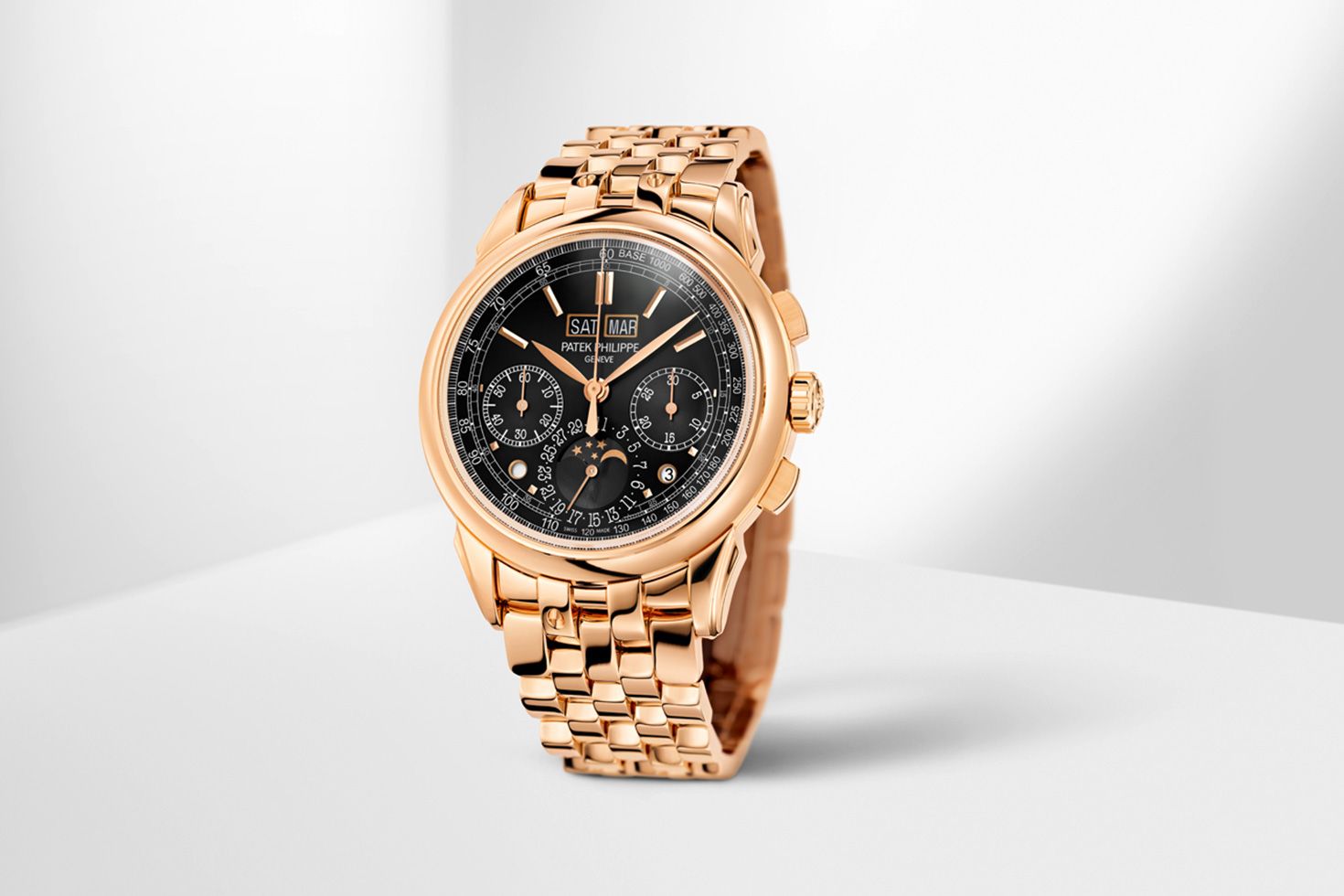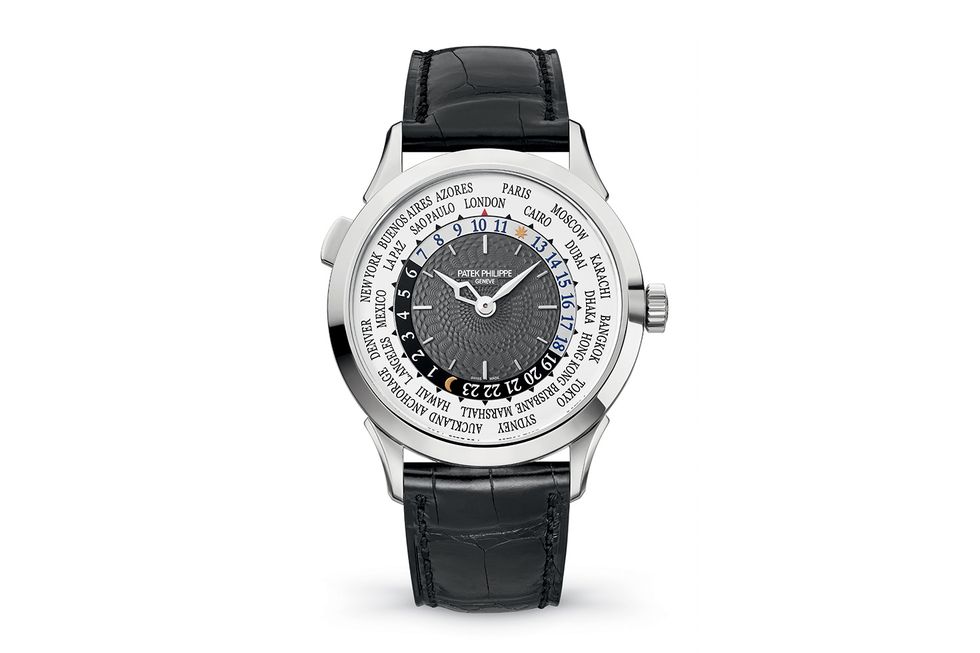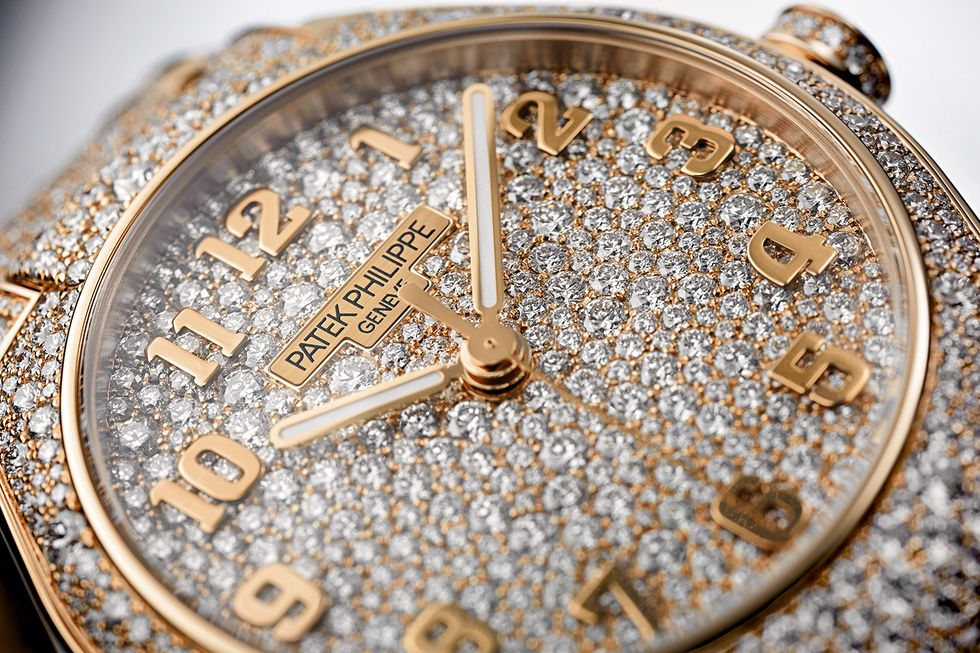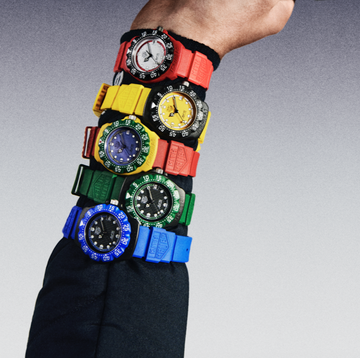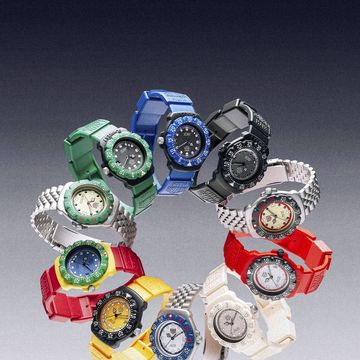Watch nerds, by their very definition, like to obsess over a good detail. And they (ok, we) take pride in knowing watches by their arcane, insider references.
We love the nicknames, too, of course, and even if the names bestowed by brands on their creations are sometimes ridiculous, we enjoy the imagery and connotations they evoke. You only have to look at our A-Z of Rolex jargon or our full-screen graphic of model names to understand the appeal. But for true nerdery, it's all about reference numbers. Dropped in the right way, at the right time, the reference number is the true shibboleth of watch collecting. It bespeaks a fine degree of knowledge; just as to a petrolhead, a 911 is never expressed that way - it's a 930, 964 or 993 and so on, and woe betide anyone who mixes them up.
So I can't be the only one who has always been somewhat mystified by Patek Philippe reference numbers. These four-digit codes are vital to precise discussion of the brand's watches - you'd tie yourself in knots trying to differentiate between all the different Calatravas or Nautiluses. Those in the know talk simply of 3448s, 2499s and 5711s. But what bothered me was the internal logic. There are ten thousand possible four-digit combinations; surely when it came to identifying a specific model, there had to be a system?
Well. There sort of is. At a recent Patek Philippe press day I put my questions to the team, and through a subsequent and extremely nerdy exchange of emails, have what I think is the clearest understanding of Patek Philippe reference numbers possible. Here goes:
All watches begin with a 3, 4, 5, 6 or 7. That's just the way it is. 3xxx, 5xxx and 6xxx watches are gents' models, with 4xxx and 7xxx numbers for ladies'. Except references 5062,5067,5068,5069 and 5072, which are ladies' Aquanaut Luce watches. (You will find that really hard-and-fast rules are like mirages, liable to appear solid until you look closer. But we're going to take what we can get.)
The next three digits are a bit of a lottery. Watches of similar designs and in the same families tend to share the first two digits, for example 51xx and 52xx series round-cased Calatravas, whether they house complications or not. As Patek fans will know, anything beginning 57xx tends to be a Nautilus, and the new Twenty-4 collection all begins with 73xx.
There are some other 'soft' rules - more like rules of thumb - to go on. If a reference ends in 96 it is usually a flat-bezel Calatrava, and if it ends in 30 it is usually a worldtimer. But there are no corresponding giveaways for chronographs, for raised bezels, or for other identifying features.
Where we do encounter some more rigid logic is in the alphanumeric codes that follow the main four digits. These, for now at least, are consistent. First of all, there is a chance that the reference number is followed with a backslash and a further numeric code. These indicate details of the case, bracelet or dial, and work as follows:
xxxx/1 - a watch on a metal bracelet
xxxx/50 Thick dial. e.g enamel, gem-set or engraved
xxxx/200 Gem set case (brilliant cut)
xxxx/300 Gem-set case (baguette cut)
xxxx/400 Gem-set case (high jewellery)
xxxx/500 Engraved case
xxxx/600 Enamelled or lacquered case
xxxx/700 Case with inserts e.g. gold or gems
xxxx/900 Mixed techniques. eg diamonds and enamelling
These can be combined, so for example a watch with the reference xxxx/1350 would have a metal bracelet, a case set with baguette-cut diamonds and an engraved dial (for example).
Following this sequence you will see one of the following letters: A, G, J, R, P, T, PR or AR. These denote the material used to case the watch: respectively, stainless steel (acier, in French); white gold; yellow gold (jaune); rose gold; platinum; titanium; platinum and rose gold; stainless steel and rose gold. Proper watch nerds will notice the one I snuck in there that isn't on Patek's website but does exist: "T" for titanium has only ever been used on the references for one-off pieces made for Only Watch auctions and a very small number of bespoke commissions. Extra nerd points for you if you knew that.
Next, the reference will have a three-digit number after a hyphen. So the full format is xxxx/xxxxX-xxx. Again, these are quite predictable (although not totally). This little add-on is often ignored by collectors in conversation; it refers to the dial. According to Patek Philippe, the first iteration of a dial on a reference gets the code "-oo1", which is followed not by -002, -003, etc but by -010, -011, -012. This, it has to be said, does a good job of looking like it makes sense while actually making no sense at all; if the sequence goes -001, -010, why isn't the next one -100? Anyway. This is what it is, so learn it good if you aspire to proper Patek fandom. Our source at Patek Philippe remarks that "there is no colour or pattern reasoning behind this at all", so all you can really divine from the last part of the reference is how many similar references have existed with similar dials.
So there you have it. The most complete guide to Patek Philippe reference numbers in existence. And yes, I am aware it remains as ridden with holes as the stereotypical Swiss cheese, but it's a start. To conclude, however, I must quote from our source once more before you all start writing in with exceptions you've spotted. "The more investigate this type of pattern, the more exceptions to the rule you find, and the further you go back in history, the more exceptions you find! Generally I am afraid, you just have to learn them the hard way."
Like this article? Sign up to our newsletter to get more articles like this delivered straight to your inbox.
